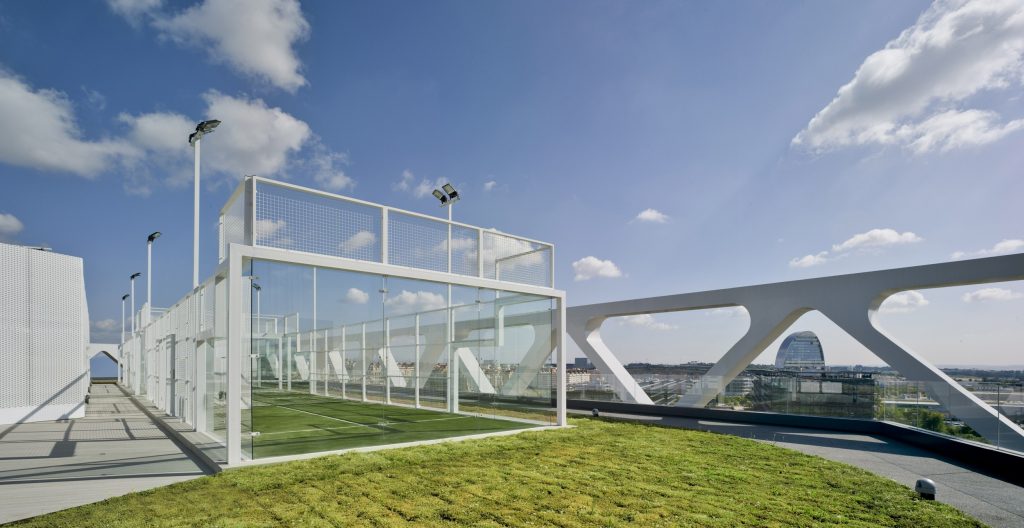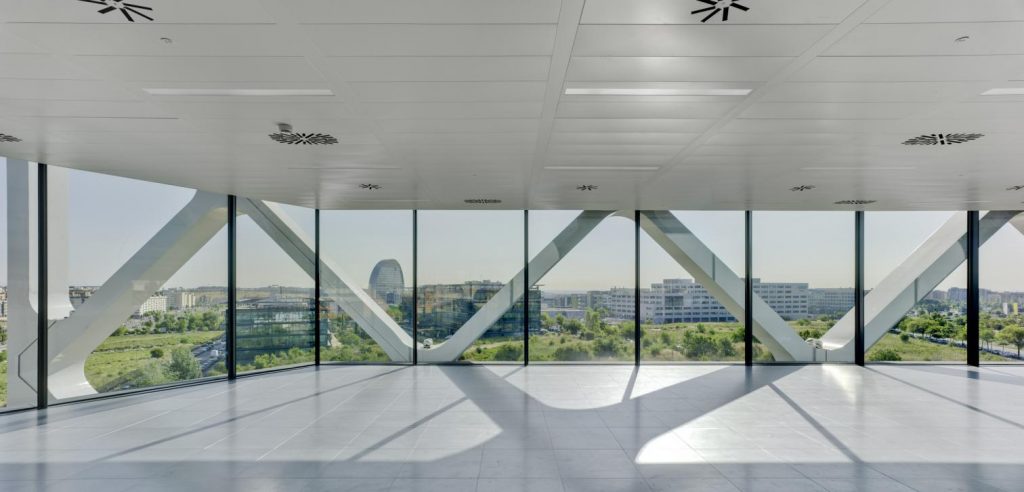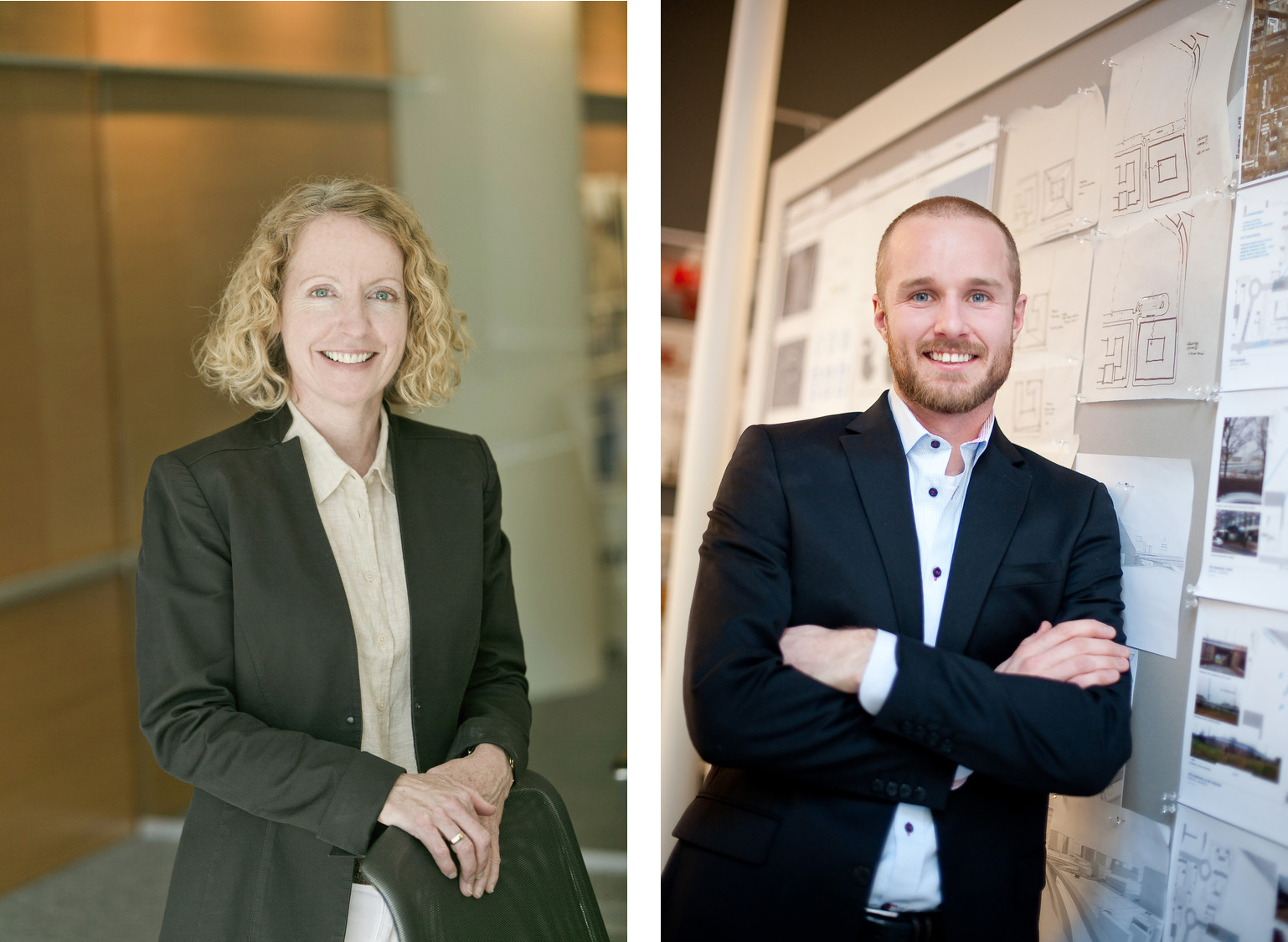Beyond visuals, architecture needs to fulfil a specific design purpose. A purpose that like any aspect in life, develops, grows and melds into everyday existence, focusing on the future. In the same way as we no longer communicate or interact like we did years ago, architecture projects adapt through transformation and integration into the present day.
Quality seals or certifications that specifically recognise the adaptation and comfort level of a project design are one way to showcase how a building fully carries out its purpose.
Here at The Decorative Surfaces, we take a look at Well Building certification. It’s a design guarantee that focuses on quality of life and the health of those who live in and use buildings. These essential elements need to be considered from the initial architectural design process, on to construction and maintenance.
What is Well Building?
Well certification is key to ensuring the healthiest possible environment, fulfilling the function of the project design. Whether this be in working or living spaces, certain factors should be borne in mind which, depending on the level of commitment, will enable the project to attain one type of certification or another. A certification that exclusively focuses on physical, mental and social health. This seal of approval focuses on the human side whilst being fuelled by the surrounding environment and complementing it. It’s guarantee that respects and embraces the setting.
Well elements
Human beings spend 90% of their time in enclosed spaces, meaning that air quality is deemed an essential element when it comes to improving quality of life and wellbeing. This inherent activity to life requires care in designing and planning architecture, and creating strategies that include removing or reducing sources of pollution. In turn, ventilation and access to natural light are a fundamental energy element that helps wellbeing.
And just like air and light, water is also a focus feature: access to quality water is essential to create synergy with life itself. The same can also be said for nutrition; indeed, scientific findings now play a central role in how this aspect is considered. Thus, food as a fundamental element for health is also part of the essential care approach within this quality system, which covers information, access and elements that foster a healthier life.
A further aspect not to overlook is mind and body. These two concepts constantly overlap and intertwine, being the basis for our existence: without them, we cannot achieve balance. Nurturing these concepts is an obligation for architecture in any type of project for spaces where we come together, socialise and lead our lives.
All of the above creates a direct link to comfort as a way to bring us back to life and imbue strength through primordial human energy that may be difficult to perceive after possible bouts of depression or illness. This energy springs from the architectural project and is viewed as a requirement for wellbeing.
Places where we spend more time than we would otherwise like. Spaces that need to nurture physical and emotional health.
Oxxeo, Madrid (Spain)
This avant-garde sustainable building was designed by Rafael La-Hoz studio and has been awarded several internationally renowned quality seals. These seals make it a perfect example of what we have been discussing thus far.

https://arquitecturaviva.com/obras/edificio-oxxeo-en-madrid
Natural light provided by the huge picture windows is a clear example of the energy flooding into this office complex. Another feature for physical wellbeing is on top of the complex, where users can exercise surrounded by majestic views.

https://arquitecturaviva.com/obras/edificio-oxxeo-en-madrid
SCENEO, Bezons (France)
The SCENEO Building in Bezons is another project with a similar function. It is the first building to be awarded Well certification in France. SCENEO is an avant-garde, forward-looking complex based around science and technology, realised through spaces brimming with emotion, function and health.
Looking at essential elements, the building’s spaces are dedicated to cultivating the mind. Spaces where beauty, comfort and balance entice and establish a direct connection to our human essence, producing a commendable level of quality.
Actiu, Alicante (Spain)
Designed by Jose María Tomás Llavador, this technology park project in Alicante represents a full commitment to wellbeing certification. The project was designed to house industrial, logistical and corporate activities.
‘The project was a technical and technological challenge where we brought together three essential elements: meeting the industrial requirements of Actiu; committing to energy efficiency and the use of sustainable materials; and reflecting the open, up-close philosophy of the company.’
Jose María Tomás Llavador, the architect behind Actiu Technology Park
This type of certification is gaining ground within the field of architecture, construction and maintenance. It is a seal committed to humanity, health and life itself.

